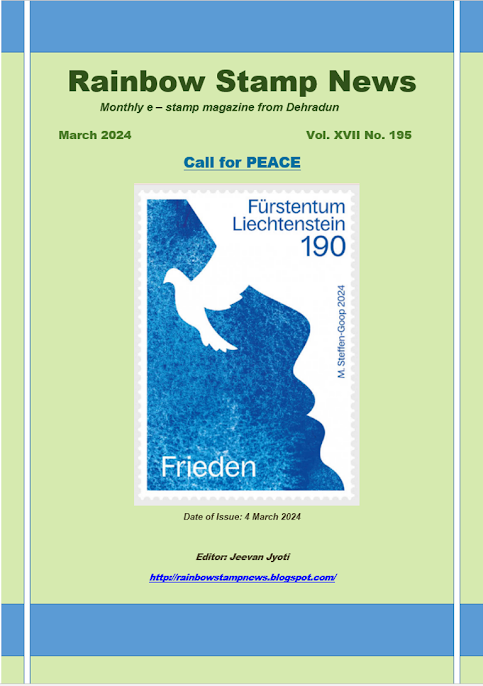Nordic Kitchen
Iceland
Date of Issue : 16 February 2016
Finland
Date of Issue : 22 January 2016
The Karelian pasty is a traditional baked product familiar to all Finns, suitable for both everyday life and festive moments. The motif of the stamp is a tray full of freshly baked, golden brown Karelian pasties.
The pasties on the stamps form a continuous pattern in the 10-stamp sheet, resembling water-lily pads or stones in the water. The roots of the Karelian pasty are in northern and eastern Karelia, from where the pasty tradition spread throughout Finland after the Second World War.
Karelian pasties are a popular snack you can buy at any grocery store, and the baking skills are passed from one generation to the next. The Karelian pasty is covered by the European Union's food name and product protection.The Karelian Pasty stamp is part of the 2016 Nordic stamp series, the theme of which is Nordic culinary culture.
Denmark
Danish Food
The well-known classic from the Danish lunch table have now been honored with two stamps as part of the joint Nordic issue Nordic Food Culture. As has been the tradition for many years, the postal companies in the eight Nordic countries issue stamps with a joint theme every other year. This time, the choice has fallen on food, with each country selecting dishes which are currently popular in the country in question.
The Stjerneskud is one of Denmark’s best- known lunch dishes and it appeared on one of the stamp issue called “Nordic Food Culture”. In all its simplicity, it consists of one poached and one fried plaice fillet arranged on a piece of white bread and topped with prawns, mayonnaise, caviar, asparagus and a slice of lemon.
“In the past, the Stjerneskud was known in the restaurant business as a Tout de Paris, and in fact parts of the dish can be traced back to the French restaurant cuisine in about 1900″, explains food historian Else- Marie Boyhus.
Even though many Danes, in particular those living in northern Jutland, love the Stjerneskud, it has not been widely recognized by leading chefs. The renowned chef John Price did not hesitate to call the dish a “pig’s trough”, while chefs Rasmus Kofoed and Søren Ledet were once fired from the Hotel d’Angleterre in Copenhagen, ostensibly because they refused to serve Stjerneskud to guests. These days, however, the dish is popular fare at many village halls and also at countless restaurants, both as a starter and as a lunch dish.
On the second stamp of the issue “Nordic Food Culture” the fish specialty Sol over Gudhjem, or Sunshine on Gudhjem, appeared. This dish was developed as the island of Bornholm’s contribution to the open sandwich culture which emerged in Denmark during the second half of the nineteenth century. Freshly smoked herring is served on grainy rye bread garnished with chopped onion, chives, radishes and topped with a raw egg yolk in an onion ring.
For many years, the hot-smoking technique was a good and stable source of income for the islanders, who sold the freshly smoked fish to the fish exporters. It was naturally important that the perishable fish were cooked while they still tasted fresh, preferably within 24 hours. Today, there are still many herring smokeries on Bornholm, and Sol over Gudhjem features prominently on the menus of many of the restaurants on the rocky island.




















.png)













No comments:
Post a Comment